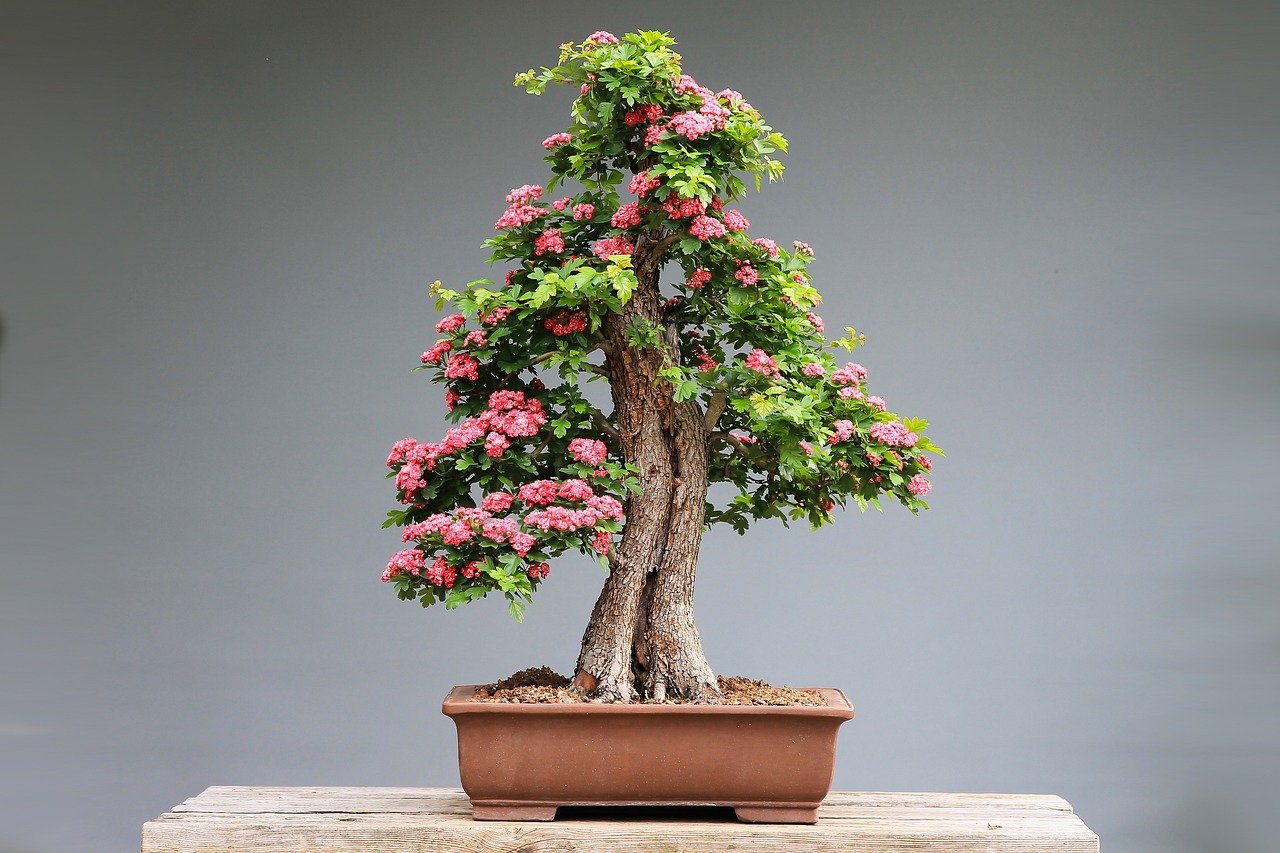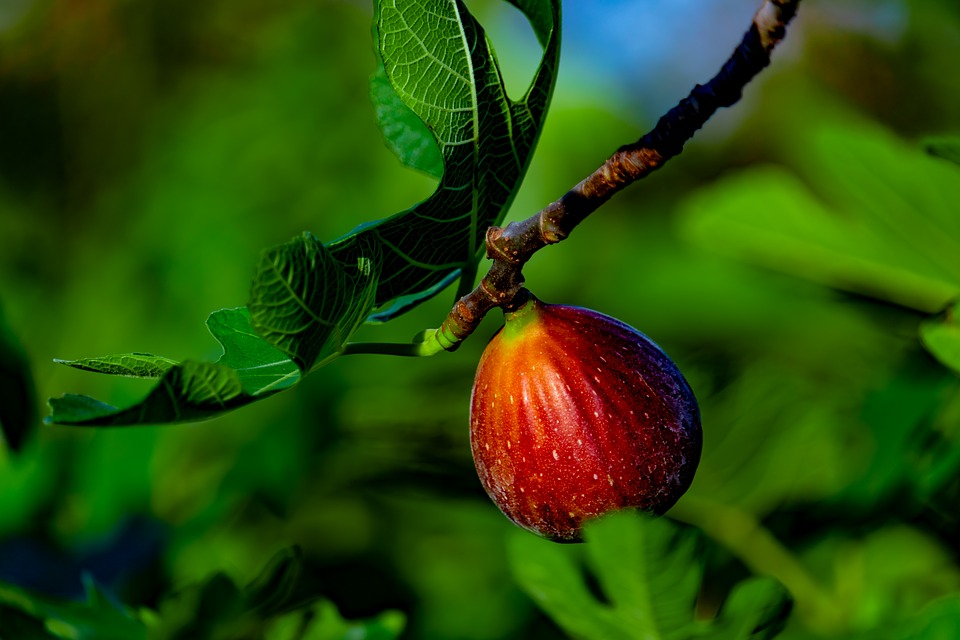In the world of gardening, there are few practices as captivating and serene as the art of bonsai. The word “bonsai” itself conjures images of meticulously pruned miniature trees, each one a living work of art. Bonsai is not just a horticultural hobby; it’s a centuries-old tradition that blends art, philosophy, and nature into a harmonious whole. In this blog, we will explore the enchanting world of bonsai, the principles that underpin it, and how you can begin your own journey into crafting miniature masterpieces in your garden.
The History of Bonsai
Bonsai, which means “planted in a container” in Japanese, has roots that stretch back over a thousand years. This ancient art form originated in China and was later adopted and refined by the Japanese. Initially, bonsai was reserved for the elite, but over time it became more accessible to people from all walks of life. The practice of bonsai has evolved, with different styles and schools of thought emerging, but the fundamental principles remain the same.
The Zen of Bonsai
At the heart of bonsai lies a deep sense of harmony, balance, and mindfulness. The art of bonsai embodies the Zen philosophy, emphasizing simplicity, patience, and respect for nature. Creating and caring for a bonsai tree is a meditative practice, where you connect with the tree and the natural world on a profound level.
The Art of Miniaturization
The defining feature of bonsai is the art of miniaturization. Bonsai artists take regular trees and meticulously prune and train them to achieve the appearance of a mature tree in miniature. This process involves careful shaping, wiring, and, in some cases, defoliation to create a tree that conveys the essence of age and wisdom in a tiny form.
Principles of Bonsai Design
Several principles guide the design of a bonsai tree, including:
Balance: A well-designed bonsai tree achieves balance in its shape and structure. This balance can be asymmetrical, but it must be pleasing to the eye and reflect a sense of natural harmony.
Proportion: Proportions between the trunk, branches, and foliage are crucial. The height, thickness, and placement of branches should all be in proportion to the size of the tree.
Emptiness and Space: The concept of “ma” in bonsai, which translates to “emptiness” or “space,” is important. It involves the use of negative space to create a sense of tranquility and depth in the design.
Movement and Flow: Bonsai should convey a sense of movement and vitality. This can be achieved through the placement of branches, the angle of the trunk, and the windswept appearance of leaves or needles.
Age and Character: Bonsai should convey the appearance of an old, weathered tree. This can be achieved through techniques like deadwood carving and the careful selection of pots.
Selecting Your Bonsai Tree
Starting your bonsai journey begins with selecting the right tree. While many types of trees can be used for bonsai, some are more commonly used due to their suitability for miniaturization. Common bonsai tree species include junipers, pines, maples, and ficus.
When choosing a tree, consider factors like the climate in your area, the level of care you’re willing to provide, and the style of bonsai you’re interested in creating.

Caring for Your Bonsai
Proper care is essential for the health and longevity of your bonsai. This includes regular watering, feeding, and repotting as needed. Bonsai trees are sensitive to their environment, so it’s important to provide the right conditions for your specific tree species.
The Art of Patience
One of the most valuable lessons that bonsai imparts is the art of patience. Bonsai trees do not reach their full potential overnight; they require years of careful cultivation and attention. This long-term commitment teaches the virtues of perseverance and appreciation for the passage of time.
The world of bonsai is a captivating blend of art, horticulture, and philosophy. Creating a bonsai tree is not just about gardening; it’s about cultivating a deeper connection with nature and your own sense of balance and harmony. As you embark on your journey into the Zen of bonsai, remember that each tree tells a story, and your bonsai garden will be a testament to your dedication to creating miniature masterpieces in your garden. With time, patience, and a touch of Zen, you’ll watch your bonsai trees flourish and find tranquility in their elegant beauty.


